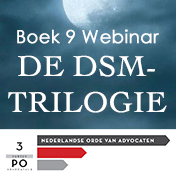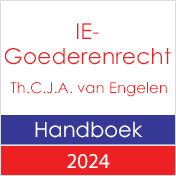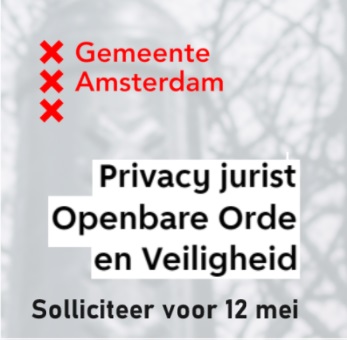Europese Hof voor de Rechten van de Mens, 10 january 2013, Ashby Donald and others v. France, appl. nr. 36769/08.
Het KluwerCopyrightBlog bericht over dit nootwaardige, maar alleen in het Frans beschikbare arrest van het EHRM in Ashby Donald tegen Frankrijk:
"Although the European Court did not find a violation of Article 10 in the case of Ashby Donald and others v. France, the judgment in this case has definitely confirmed that copyright enforcement, restrictions on the use of copyright protected works and sanctions based on copyright law ultimately can be regarded as interferences with the right of freedom of expression and information."
The three fashion photographers only made the catwalk pictures of Paris fashion shows accessible to the public. (…) The three fashion photographers were ordered by the Court of Appeal of Paris to pay fines between 3.000 and 8.000 euro and an award of damages to the French design clothing Federation and five fashion houses, all together amounting to 255.000 euro.
(…) It would undoubtedly have been different if the pictures posted on the Internet had contributed to a public debate e.g. on women’s rights in the world of fashion, or on public health issues related to anorexia and young girls being tempted to look like models in the glossy fashion magazines. In this case the photos were solely used in a commercial setting, while the pictures contained no further message than reproducing the images of the Paris fashion shows. It is not because the website or the media platform is part of a commercial company, that the invoked freedom of expression will receive a lower degree of protection from the scope of Article 10 of the Convention. What essentially matters is whether the publication, the article, the expression or the pictures contribute to a debate of general interest, a notion which is broadly interpreted by the European Court of Human Rights : “what constitutes a subject of general interest will depend on the circumstances of the case”.
(…) The deferential approach by the European Court, due to the appropriate way the French courts have handled the case and especially due to the fact that it ‘only’ concerned an interference in the context of “commercial speech”, does not exclude at all that in other cases the European Court may scrutinize in a more strict way the balancing of a conflict between the right of freedom of expression and copyright. That will especially be the case in matters that concern prior restraint, such as the blocking of internet sites, artistic freedom of expression, political speech, the use of official documents, reproduction and public communication of works for educational or scientific purposes or NGOs participating in debate on matters of public concern such as health and environmental issues. Similarly, in cases where journalists and media are exercising their public watchdog function in a democracy, in cases of parody, caricatures or other forms of transformative use and when sanctions risk to have a chilling effect on the freedom of expression and information in a democracy. In such cases interferences with the right of freedom of expression and information, based on copyright law, will indeed need to undergo a more careful balancing test between Article 10 and Article 1 of the First Protocol.
Some national courts, within their margin of appreciation, already have referred to or have applied Article 10 in cases where the enforcement of copyright law otherwise could lead to a violation of the right of freedom of expression and information guaranteed by Article 10 of the Convention (see e.g. Cass. Fr. 19 October 2006 Camel/Japan Tobacco v. CNMRT; Rb. Amsterdam, 22 December 2006, Staat der Nederlanden v. Greenpeace and Rb. ‘s-Gravenhage (Summary Proceeding) 4 May 2011, Louis Vuitton v. Nadia Plesner).
Lees het volledige artikel van Dirk Voorhoof en Inger Høedt-Rasmussen hier.



























































